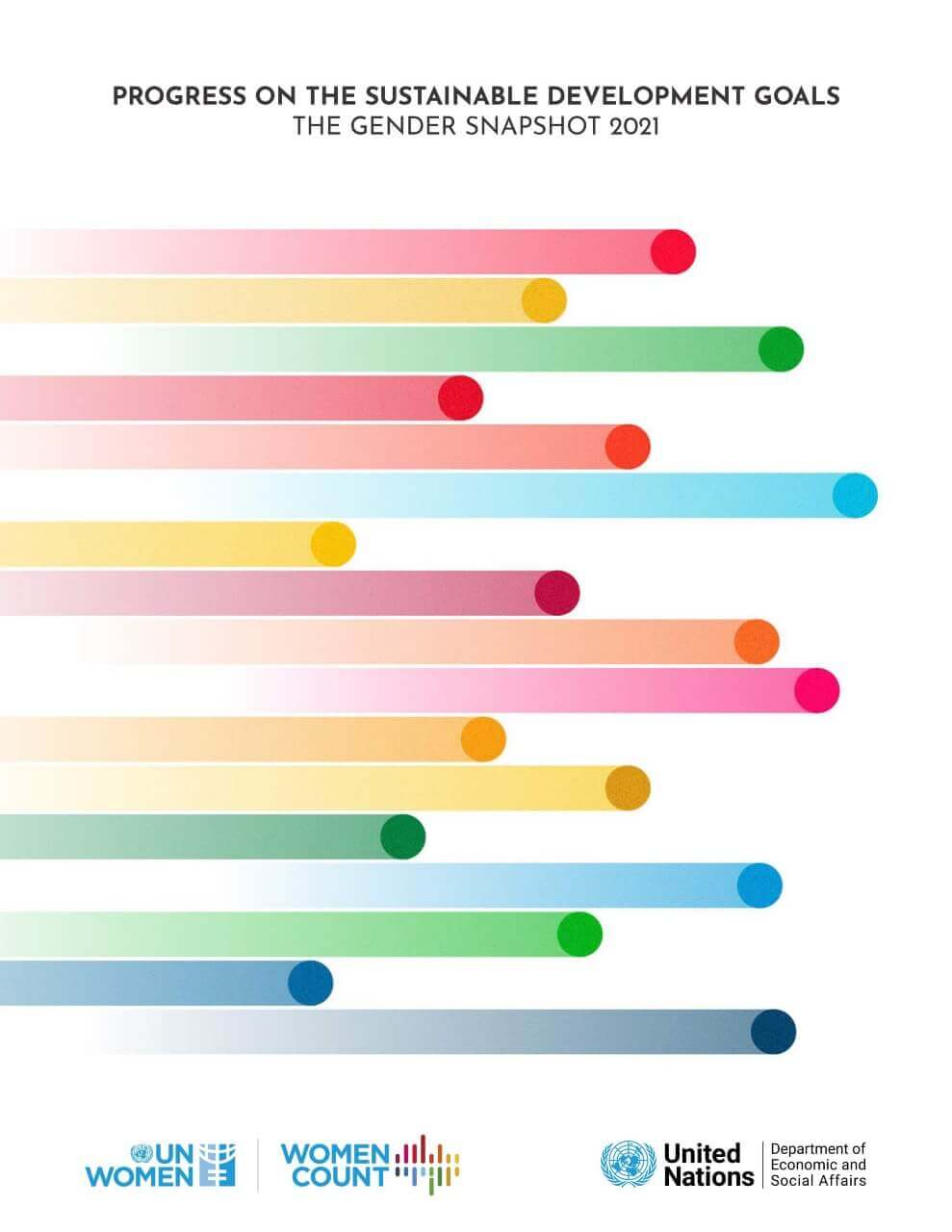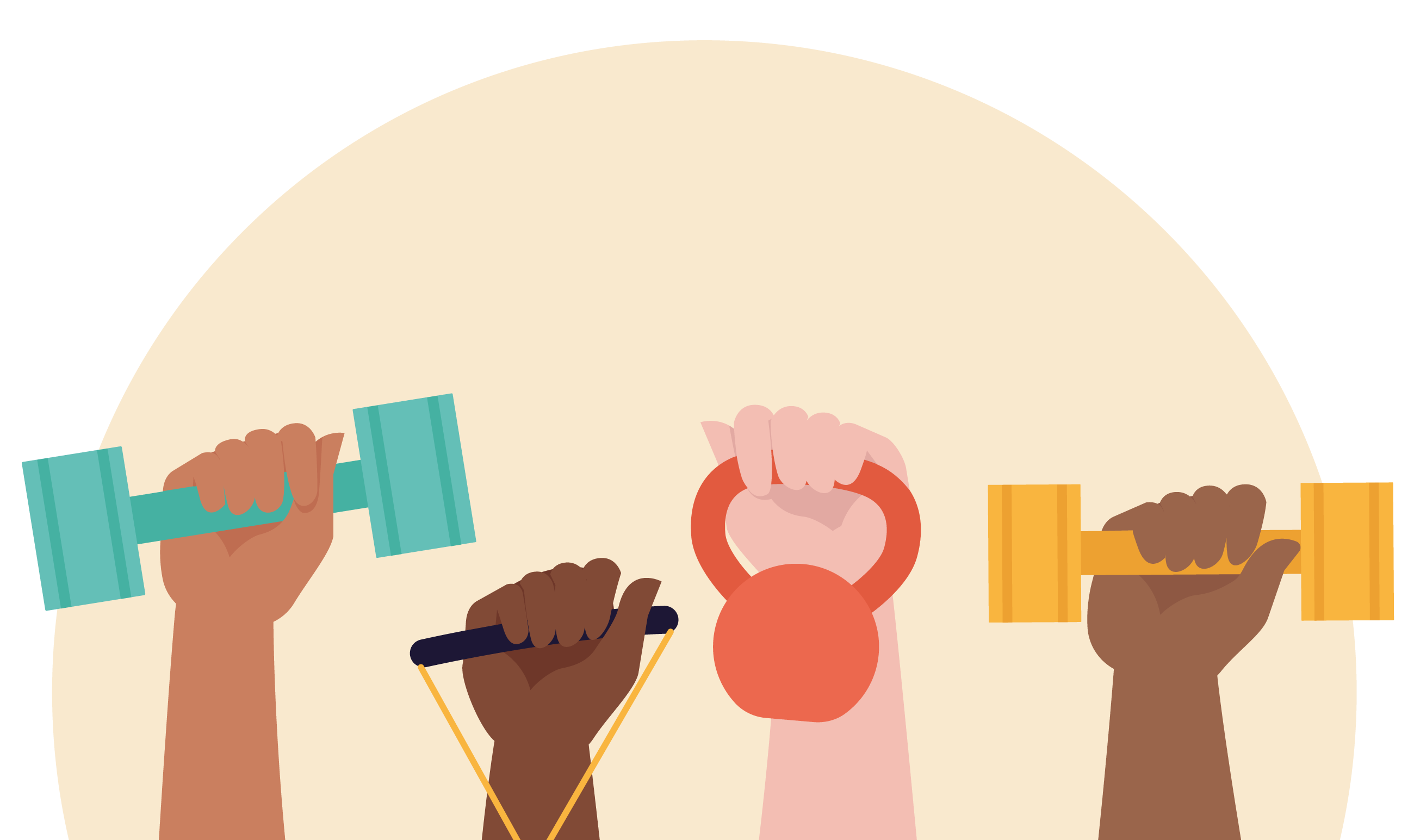The pandemic has tested and even reversed progress in expanding women’s rights and opportunities. Women have not recovered lost jobs and income, hunger is on the rise, and school closures threaten girls’ educational gains. Women’s participation in government, research, and resource management remains far from equal. Vulnerable groups of women, including migrants, those with disabilities, and those affected by conflict, are frequently left behind. Disparities between rich and poor countries are preventing equal access to lifesaving COVID-19 vaccines and treatments, putting women in poorer countries at disproportionate risk. Moreover, despite women’s central roles in responding to COVID-19, including as front-line health workers, they do not have the leadership positions they deserve. Building forward differently and better will require placing women and girls at the centre of all aspects of response and recovery, including through gender-responsive laws, policies, and budgeting. “Progress on the Sustainable Development Goals: The gender snapshot 2021” presents the latest evidence on gender equality across all 17 Goals, highlighting the progress made since 2015 but also the continued alarm over the COVID-19 pandemic, its immediate effect on women’s well-being and the threat it poses to future generations.
For the first time, the report also brings together the latest data for each indicator under Goal 5 to track global and regional progress towards gender equality. The assessment reveals a long road ahead. Globally, only 1 of the 18 indicators (including sub indicators) is assessed as being “close to target”. In two areas the current level is assessed as ‘far from target’. The full impact of the COVID-19 pandemic is not yet known but is expected to further erode progress. Strong legal and policy action as well as resources for implementation are critical to stem the tide and get back on track.
UN Women. (2021). Progress on the Sustainable Development Goals: The Gender Snapshot 2021.






